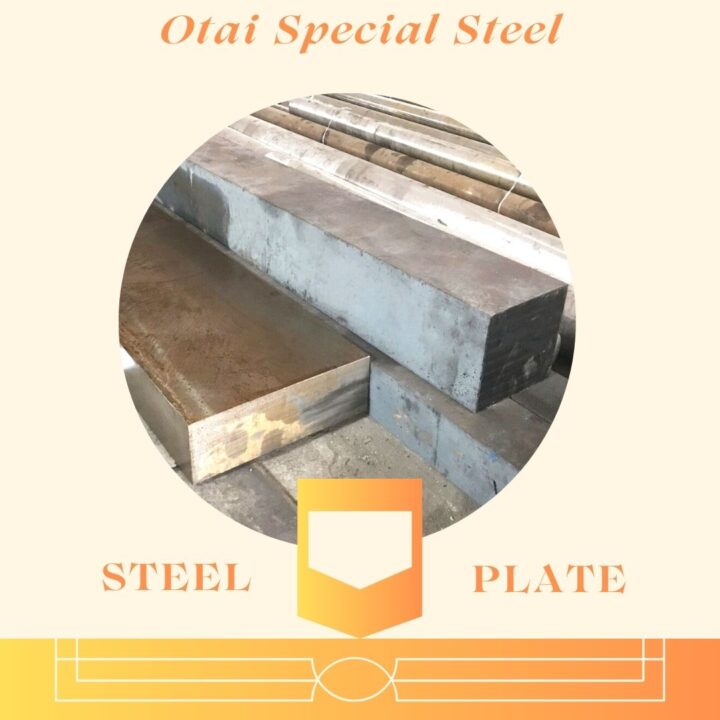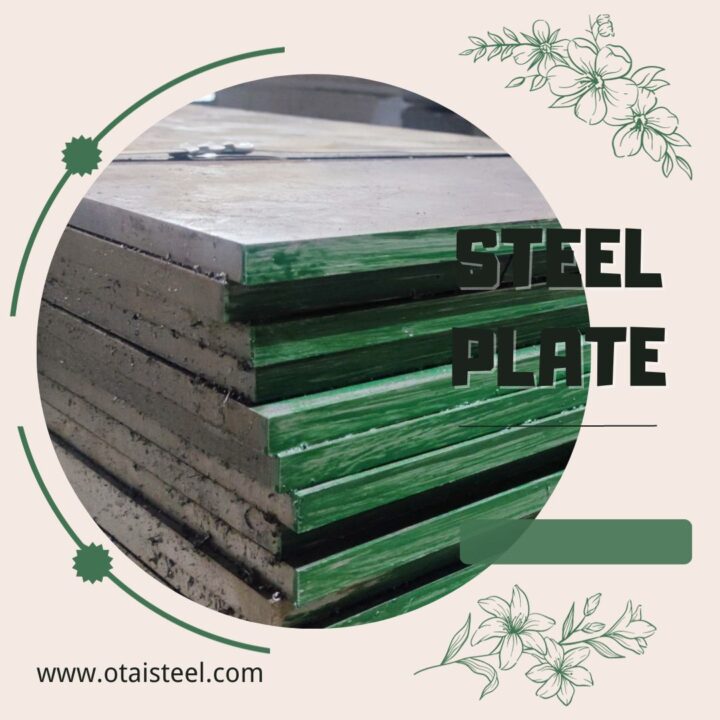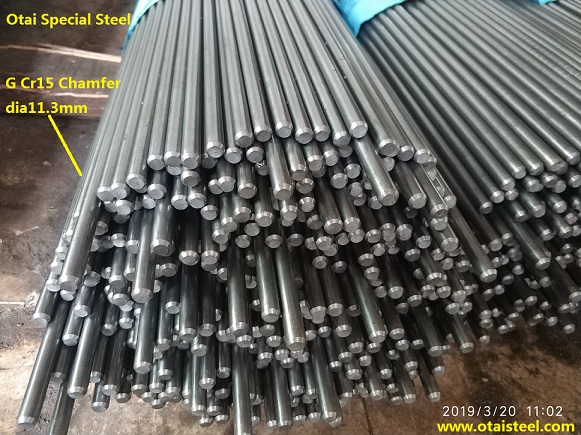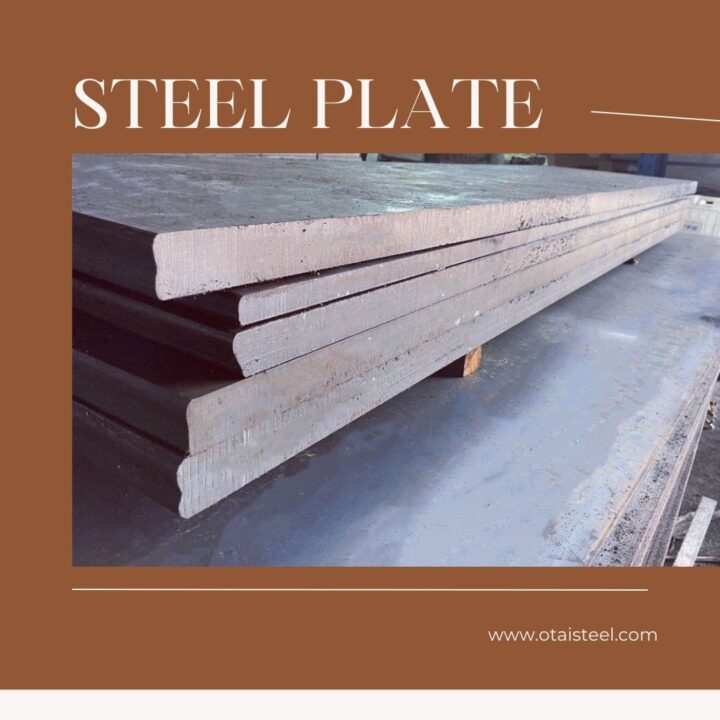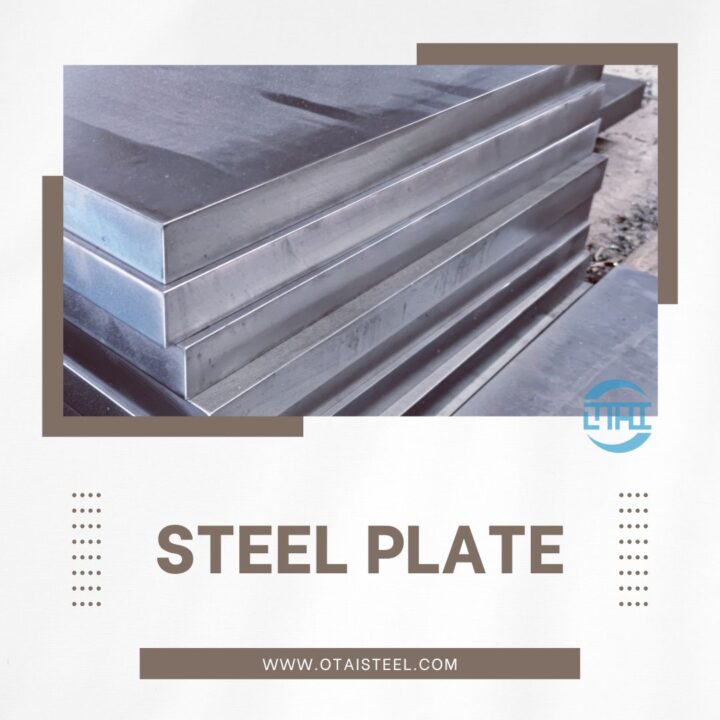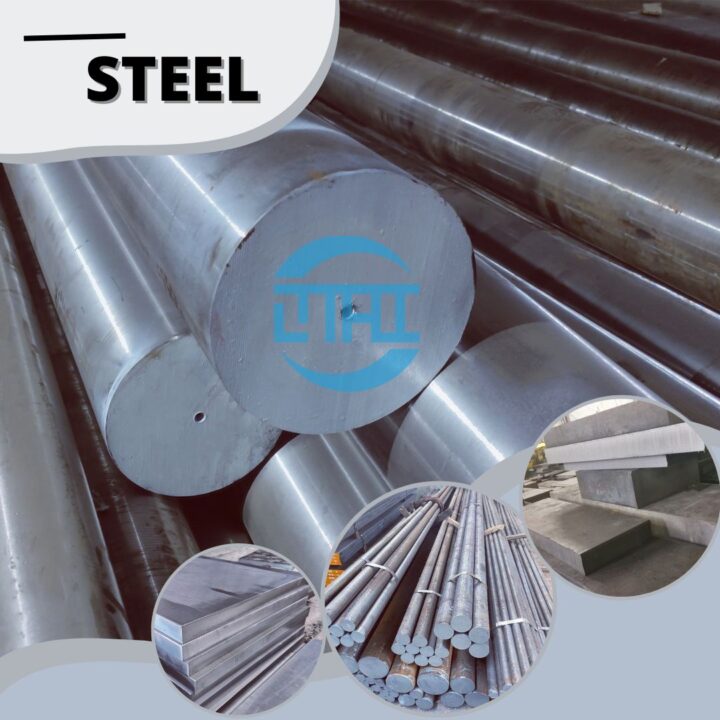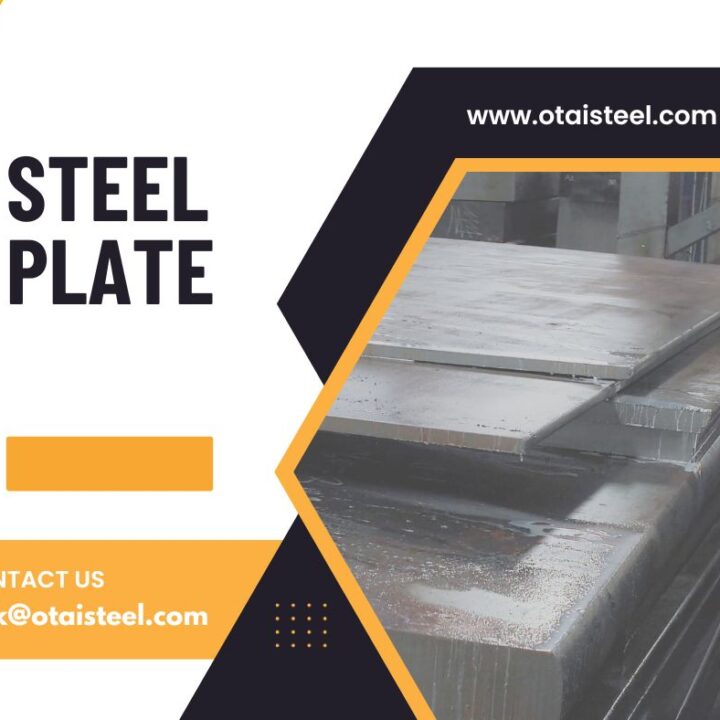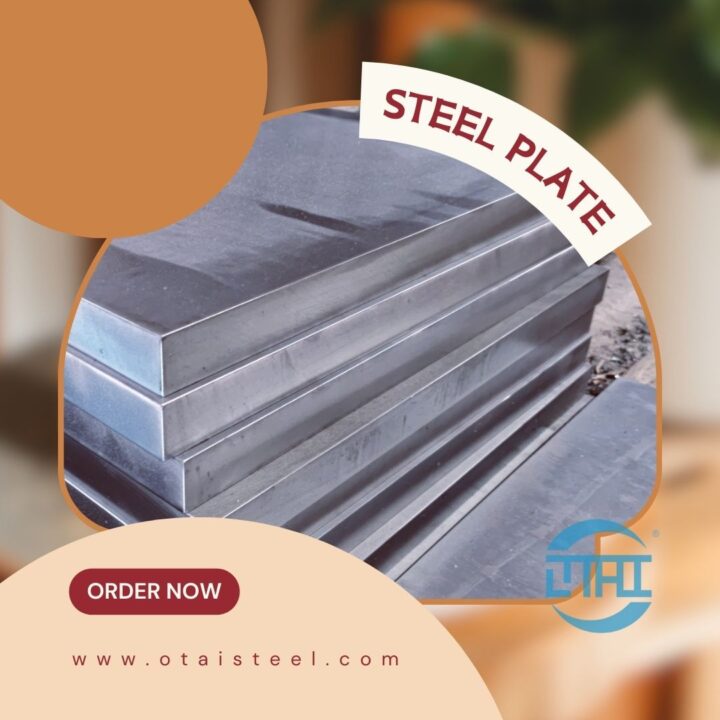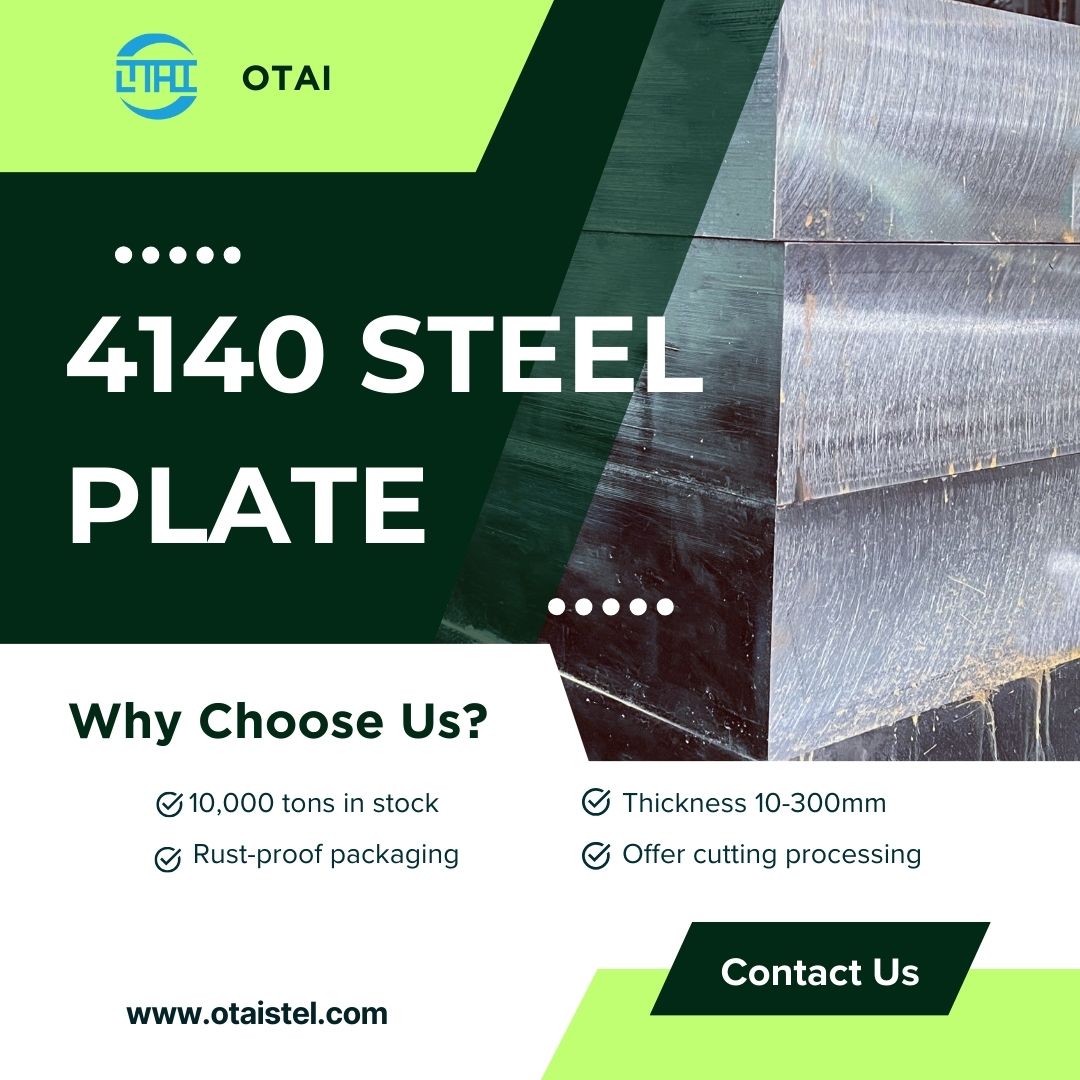 4140 Steel vs 4340 Steel: The Steel Duet for Industrial Performance
4140 Steel vs 4340 Steel: The Steel Duet for Industrial Performance
In the grand orchestra of materials engineering, 4140 and 4340 steels each play a vital role, bringing their unique strengths and characteristics to the performance. Think of these two alloy steels as lead musicians in a complex and dynamic ensemble. Each brings its own distinct timbre and range to industrial applications. Let’s dive into the melodies and contrasts of 4140 and 4340, and discover how they might harmonize or compete in your next project.
The Versatile 4140:
Picture 4140 steel as a seasoned performer with a robust blend of chromium and molybdenum. This steel has a versatile, reliable character, making it ideal for a variety of applications. From gears to axles, 4140’s workability and ease of shaping make it a dependable choice for numerous industrial needs.
The High-Performance 4340:
Now, imagine 4340 steel as the standout star of the alloy world. Known for its exceptional strength and endurance, 4340 excels in high-performance environments. With its remarkable strength-to-weight ratio and high-temperature capabilities, it’s the go-to material for demanding applications such as aerospace and high-speed automotive components.
Tensile Strength: A Dance of Durability:
On the stage of tensile strength, 4140 and 4340 steels perform a captivating duet. 4140, with a tensile strength between 1,000 and 1,140 MPa, is a steady and reliable performer. In contrast, 4340, boasting a tensile strength of up to 1,380 MPa, takes the lead with a more powerful and vigorous presence.
Heat Treatment: Solo Performances:
In the realm of heat treatment, each steel showcases its unique capabilities. 4140 steel’s moderate heat treatment requirements make it akin to a singer who effortlessly reaches high notes. Conversely, 4340 requires a more intense and precise heat treatment, much like an opera singer hitting demanding notes without faltering.
Machinability: Working with the Ensemble:
When it comes to machinability, 4140 steel is the cooperative team player, easy to machine before heat treatment. However, once 4340 has been heat-treated, it becomes more demanding, requiring specialized tools and skilled machinists to achieve its final form.
Industrial Applications: A Wide Range of Roles:
The applications of 4140 and 4340 steels are as varied as an orchestral performance. 4140 serves as a versatile utility player in sectors ranging from construction to automotive manufacturing. Meanwhile, 4340, with its superior strength, shines as the lead performer in high-stakes applications like aerospace and racing components.
Choosing the Right Steel: The Conductor’s Choice:
Selecting the appropriate steel for your project is like a conductor choosing the right instrument for a composition. If you need a material that offers ease of use and reliability, 4140 is your best bet. However, if performance under pressure is paramount, 4340 takes center stage.
Case Study: A Performance Enhancement:
Imagine a manufacturer of high-performance racing parts facing frequent failures. By switching to 4340 steel, they not only resolved these issues but also enhanced their vehicle performance, earning an enthusiastic round of applause.
4140 Steel vs 4340 Steel: The Steel Duet for Industrial Performance
In the symphony of material selection, 4140 and 4340 steels each play their distinct parts. Whether you require a material that is reliable and adaptable or one that excels under intense conditions, understanding these steels’ unique properties will help you compose the perfect material selection for your project.
